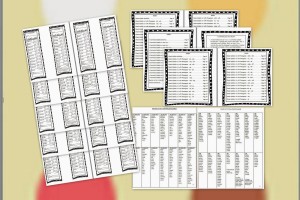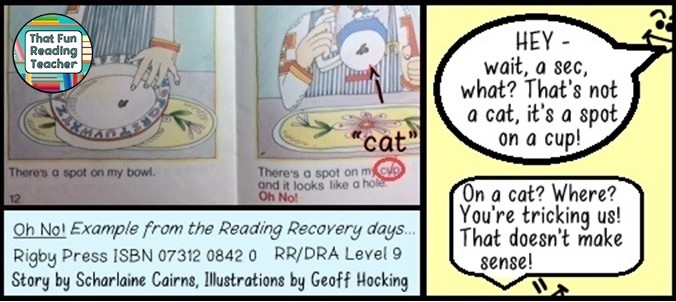Posted by Deann Marin of Socrates Lantern
Welcome to our March Teacher Talk. All of us from the Teacher Talk collaborative would like wish you a Happy St. Patrick’s Day. We have so many fab things this month from Women’s History Month to Reading and Math activities, as well as Easter Stem Olympics, there’s even a post on Kite Flying to reward your classes for good behavior. So relax with a cup of coffee or a glass of wine and take a look at what these educators have to say. You’ll be happy you did!
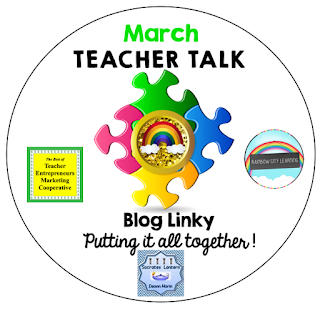
If you’re interested in joining this unique group of teacher entrepreneurs and blogging buddies and our blog linky, sign up here….The Best of Teacher Entrepreneurs Marketing Cooperative. If you decide to join, be sure to mention one of our names.
******************************************************************
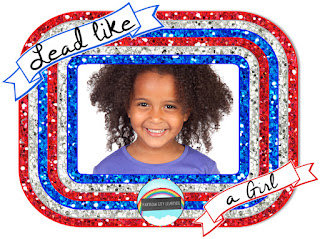
Finding positive role models for our students in Women’s History.
******************************************************************

When I taught special needs kids, each month we would do something special for those who earned enough points. One of their favorite activities was to make and fly kites in March. Years later, I was mainstreamed to 6th grade and the children also loved this activity. After they flew their kites, they wrote two papers, one explaining how to make a kite and the other about their experience.
******************************************************************
It’s Women’s History Month. Here are some great books to read to your kids!
******************************************************************
Pi Day is March 14th
By Vicky Rauch of Scipi

What is Pi Day? Why was March 14th chosen?
******************************************************************
Using Core Words Every Day
By Susan Berkowitz of Susan Berkowitz
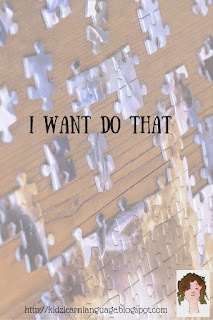
Teaching AAC users to communicate doesn’t take a lot of fancy materials or extra planning. Most of the time it’s as simple as engaging the learner with what he likes to do.
******************************************************************
Fast-Paced Fractions
By Kathie Yonemura of Tried & True Teaching Tools

Fraction review is filled with action & movement! Playing Scoot gets students up & moving, while practicing fraction concepts!
******************************************************************
March Into Eggstravagant Math
By M. Moore of Moore Resources

March into an Eggstravagant Math Activity. Enjoy a great activity I’ve completed with First Graders & Middle Schoolers! Every year around spring break I’ve enjoyed executing this wonderful fun egg math activity with my students. There’s minimal prep time and materials for this activity.
******************************************************************
Math Menus
By Shametria L. Routt of The Routty Math Teacher

Menus, a content-focused set of options from which students choose activities and tasks on which to work, are a great way to add some challenge and pizzazz to your everyday mathematics curriculum and can be created for a variety of purposes and designed to include a variety of activities. In this 4-part series, I share four of my favorite math menus that provide instant opportunities for differentiation because students choose which activities they would like to complete based on their own interest and ability levels. Each post describes a different menu, provides examples of how to use it, illustrates advantages and disadvantages, and includes sample work from some of my past students.
******************************************************************
Recharge Your Batteries!
By Megan Bodman of Adventures in Teaching 4th

Get 8 tips for recharging your batteries during the time of year when stress is high!
******************************************************************
Easter STEM Olympics
By Kerry Tracy of Kerry Tracy

Blog post outlines 5 egg-celent Easter-themed STEM challenges that can be modified for use with grades 2-8: Nice Nest, Carrot Carriage, Bean Bind, Basket Bounce, and
Egg-hanced.
******************************************************************
Increasing Student Time On Task
By Marcy Howe of It’s a Teacher Thing

Increase student time on task with a few simple yet effective tools.
******************************************************************
Zones of Regulation: Using Visuals for Feedback and Self-Regulation
By Thia Triggs of Print Path

Do your children shut down or act out when they hear your voice giving then behavioral cues and feedback? If so, visual cues can be a lifesaver!
******************************************************************
If This Spells D-E-A-D How Do You Spell Head?
By Susan Berkowitz of Susan Berkowitz

Manipulating sounds in words can be a very difficult task for students who just can’t figure out how the individual sounds go together to make words, and how they can come apart.
******************************************************************
Here’s your chance to hop on over and visit the blog posts of our creative teachers









































 Years later, I was mainstreamed to 6th grade and the children also loved this activity. After they flew their kites, they wrote two papers, one explaining how to make a kite and the other about their experience.
Years later, I was mainstreamed to 6th grade and the children also loved this activity. After they flew their kites, they wrote two papers, one explaining how to make a kite and the other about their experience.
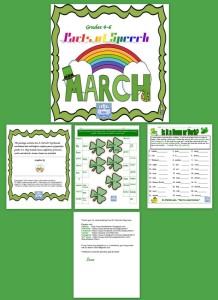









 Use this free lesson to introduce poetry to your English students from grades 9 to 12. This is the first lesson from my Intermediate Poetry unit, which uses art to help students how to understand and analyze poetry.
Use this free lesson to introduce poetry to your English students from grades 9 to 12. This is the first lesson from my Intermediate Poetry unit, which uses art to help students how to understand and analyze poetry.


